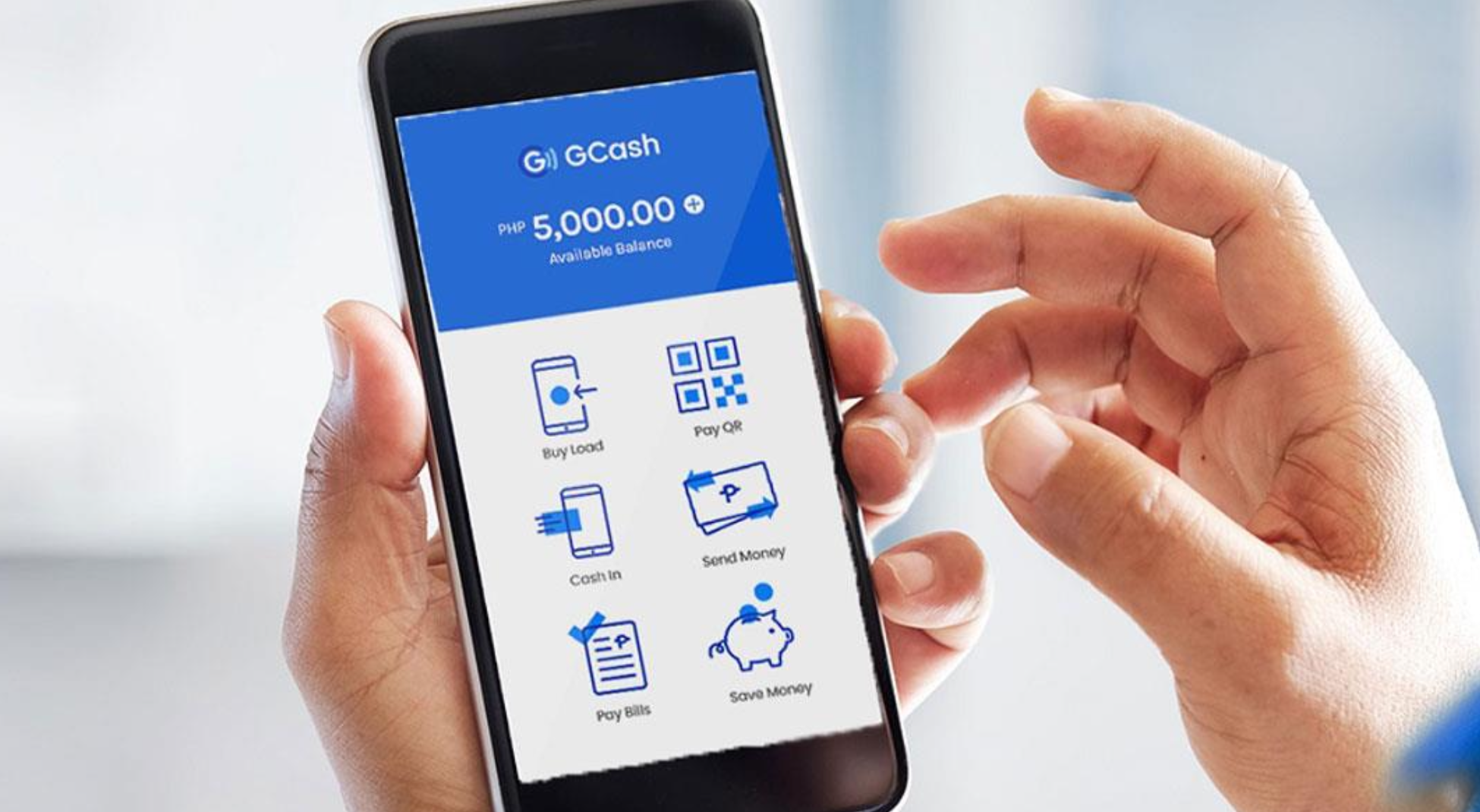
AI in telecoms: Where is it having an impact
AI can have tremendous impact in the telecoms industry. A lot of attention is placed on network automation, but AI is also having a significant impact in customer experience and consumer telecoms services. This article describes three use cases where AI is being used effectively in customer facing scenarios.
AI has great potential to have a huge impact in telecoms, but many implementations and plans have focused on network automation or enabling new services for enterprise. The consumer segment can also benefit from the right AI implementations, with outcomes like improved customer experience, cost saving in customer service and better targeting of new services. AI implementations will always work best however, if the first focus is on making things work better and solving problems/providing benefits to customers or employees, rather than cost saving. This is more likely to avoid unanticipated harms and backlash.
What is AI and what can it do?
The definition of what constitutes AI, as opposed to more rules-based automations, can be hard to pin down. We see AI as using computing capabilities to perform tasks traditionally associated with humans (such as inference, planning, anticipation, prediction and learning) in human-like ways (e.g., autonomous, adaptive). Practically speaking, AI sits on a continuum of other related technologies and concepts. This diagram illustrates this continuum and depicts the stages telcos go through as they to move from manual to automated and then to AI-augmented processes.
Moving towards AI

AI can be used to perform a task that might be performed by a human instead of the human, but it can also, sometimes more usefully, perform tasks that it is not possible for a human to achieve. This is because of the limitations on how much data a human can analyse at one time, and how quickly a human can make decisions based on data, and implement those decisions. AI can be used to analyse vast data sets in almost no time at all, and can implement decisions based on analysis of that data just as quickly. In reality, AI rarely makes a good direct replacement for a human, but can sometimes be a useful alternative, or greatly enhance services by doing something that wasn’t possible before. When an AI does something new, it can reduce the need for the old, human-implemented task.
How is AI used in ways that directly benefit consumers?
A lot of telco work on AI and automation has focused on the network, and network related systems. This is to be expected as this is the core asset of the telco, a big cost centre and also a big revenue generator – if problems in the network can be more efficiently solved, and new functionalities enabled then there is a lot of potential financial benefit. Improvements in network automation can of course have a beneficial impact on consumers, who may experience better, more reliable networks.
AI can have most impact for consumer and telcos at particular points in the customer journey

AI use cases in consumer telecom
What we are talking about in the rest of this article however, is AI use cases in consumer facing systems, like customer service, consumer sales channels, and consumer services. There are fewer obvious revenue generating wins or obvious massive cost benefits in these areas, but definite long-term opportunities to differentiate with AI enhanced services and optimized experiences. We will highlight interesting AI use cases within the consumer telecoms services sphere, surfacing potential challenges and business benefits.
1. Chatbots
Chatbots are a well-established feature of digital sales and customer service across industries. Typically used to answer basic customer queries, chatbots can be very effective if equipped to do more, but can also backfire creating unhappy customers if executed poorly. A fairly mature chatbot example of the consumer telecoms arena is Vodafone’s TOBi chatbot.
TOBi was first introduced by Vodafone UK in 2017, as a means to experiment with the potential benefits of chatbots, and test customer reactions, with a desire to improve customer experience and rive more customer interactions into the digital channel, ultimately resulting in conservation of contact centre resources. Initially only able to handle simple queries, TOBi’s functionality was gradually enhanced to include sales channel capabilities, leading to unexpected benefits. Following success in the UK, TOBi was adopted across Vodafone’s European footprint.
As a sales channel, Vodafone UK found that TOBi quickly achieved higher NPS scares than other digital channels, and had much faster complete transaction times and lower drop out rates. TOBi’s introduction also appeared to contribute to growth in digital channel traffic.
There were several challenges to be overcome. Scaling across Europe was difficult, and led to technology fragmentation, which was ultimately corrected when the various instances of TOBi were consolidated on a Microsoft platform. Two classic challenges with chatbot implementation are dealing with questions and situations for which the bot is not equipped, and integrating with back end systems to increase functionality. At the time of TOBi’s initial roll out, Vodafone benefitted from the decision to launch chat as a care channel at the same time, and immediately integrating easy escalation to a real person for situations beyond TOBi’s capabilities, or responding to customer preference.
Key take aways: Chatbots can have a very positive impact for customer and the business if executed properly, and can be very effective sales channels. Solving real customer needs, and making it easy for customers to choose a non-chatbot channel if they prefer, are important factors.
2. Managing the connected home
AI can be used to enhance consumer services, providing differentiation -examples are available in the fields of smart home and home entertainment. Many telcos around the world are following the convergence trend by offering quad-play services, including TV/video streaming services in their home subscriptions. Netflix has provided a great model for how important AI can be in enhancing user experience and increasing engagement on content platforms. Netflix used a combination of machine learning (ML) and human intelligence to achieve the best possible personalization of experience – ML analyzes customer behaviour data sets too large for humans, while humans judge genre and tone of content.
Another area of connected home services where AI has enhanced capabilities is in smart home management. A1 in Austria, like many other telcos, offers a smart home app as an open platform to manage a number of smart home devices. To improve the customer’s experience and increase the benefits of smart home devices, the app can learn from patterns of behavior to automate devices and suggest new use cases and beneficial new devices.
Telefonica’s Movistar Home assistant is likewise principally in place to help customer’s manage home services, including entertainment and smart home, through a natural language processing (NLP) voice interface.
Key take aways: Telcos want to create a strong presence in the connected home, finding as many opportunities as possible to by adding value and helping make various services work better. Enhancing with AI can help to do this, but fact and iterative implementation is important to be able to solve real customer pain points in the here and now.
3. AI-enhanced customer care
One of the most common examples of using AI to improve customer care is through intelligent call routing. Multiple telcos, including Swisscom and Deutsche Telekom, have implemented solutions to route customer care calls intelligently. This is to automatically connect customers to those most likely to solve their problems, hopefully improving first call resolution rate, leading to more satisfied customers and better use of call centre resources. It is common for telcos to implement solution from an outside specialist, such as that developed by contact centre firm Genesys.
The challenge with intelligent call routing initiatives is often to improve one focused KPI, such as average call times, or first call resolution rate, without having a negative impact on other KPIs, like answer time or agent satisfaction. In one case, Swisscom saw an improvement in average call time, first-call resolution, NPS, and agent satisfaction during a 90-day trial.
Vodafone in the UK has gone a step further, with regard to using AI to enhance customer care, with its Intelligent Care initiative. With Intelligent Care, Vodafone UK is using AI to proactively identify and support customers that are likely to call customer care before they do so, through analysis of customer usage, network and other data. There is also an element of call deflection, as the system tries to redirect callers to self-care/digital channels. There is an inherent risk with any attempts at call deflection that it can lead to unhappy customers if they feel they are being fobbed off, thus the need to only apply it intelligently, when the customer is analysed as a good candidate for preferring guided self-care.
Vodafone has worked with Accenture and AWS to develop Intelligent Care. There were challenges to overcome – incorporating multiple sources of unstructured data, helping the AI to understand mood and infer interaction preferences, as well as predicting care needs, and scaling to additional markets. In the first year of operation, in-bound care calls reduced by 1.5 million and digital channel use increased by 26%, according to an Accenture case study.
Key take aways: By focusing on improving customer experience and making customer care work better for both customer and employees, AI offers opportunities to run contact centres more efficiently without detracting from customer experience.
Download this article as a PDF
Read more about consumer services
Consumer insights pack
This document will provide you with a summary of our insights from our consumer services work
What is smart Wi-Fi?
Smart Wi-Fi refers to the use of capabilities in the Wi-Fi system that enhances the network service (reliability, availability and latency).
What is GCash?
In this article, we explore some of the reasons why GCash has become so successful and the ongoing challenges they will face.
Augmented reality use cases: Unlocking consumer experiences
This article examines the impact of AR in two key consumer domains – live events and commerce – and judges where telcos fit in.




